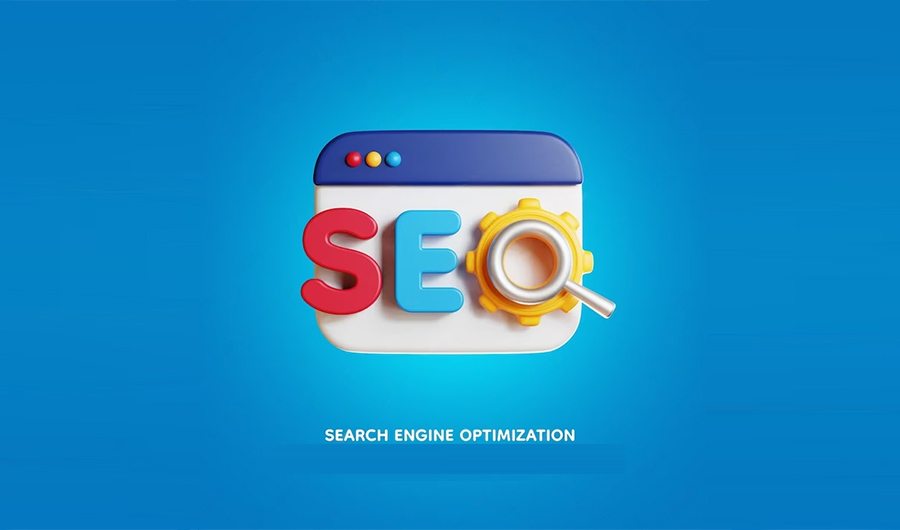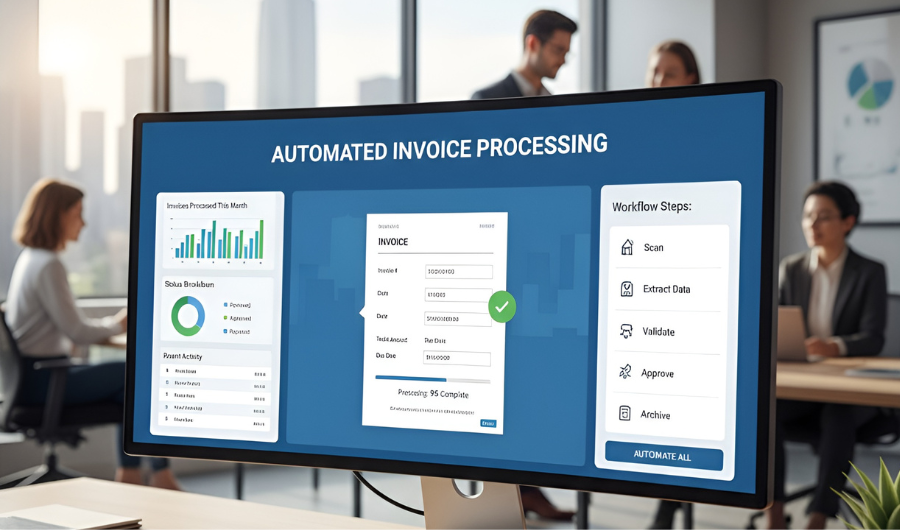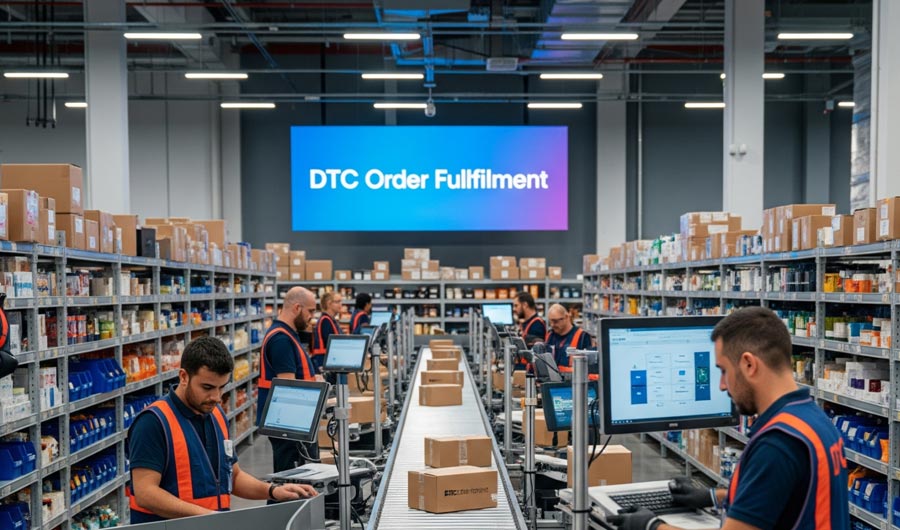
SEO Basics: Beginner’s Must To Know Factors For 2024
What is SEO?
The technique of increasing a website’s organic search traffic is known as search engine optimization, or SEO. It is the area where you take actions to improve your organic search engine ranking.
What makes SEO crucial?
People are probably looking for what you do, therefore by ranking for those terms, you can draw in clients. But since everyone is vying for the same spot, it’s doubtful that you’ll rank without any work.
That’s why SEO services is important. It assists in demonstrating to Google that you are the most deserving of a ranking.
What advantages can SEO offer?
Since most users select from the top few search results, higher rankings typically result in higher traffic. In contrast to other media, search traffic is typically steady and passive. This is due to the fact that the volume of searches is typically quite constant from month to month.
Moreover, search traffic is “free”. That’s significant as advertisements can be costly.
For instance, organic search accounts for an estimated 1.4 million of our monthly visits. We would have to pay an estimated $1.7 million a month for search ads to bring us the same level of traffic.
How are you with SEO?
There are five primary steps in SEO:
- Research on keywords
- Creation of Content
- SEO on-page
- Establishing
- Specialized
Setting up your website correctly for search engine optimization makes SEO much easy to do. I’ll go over a few approaches to that.
Get a quality domain
Don’t worry if you already have a domain; most domains are suitable for SEO. However, if you’re still looking around, remember these two qualities of a quality domain.
Name of domain
Here, something succinct and noteworthy is ideal. Avoid trying to fit too many keywords in. It’s usually a good idea to use your company name without any hyphens or other characters.
Domain at the top (TLD)
This comes after the domain name, such as.com. There is no difference in SEO between your choice of TLD.(Source: ) But since it’s the most well-known and reliable, we believe that.com is ideal for the majority of users. .org or its local equivalent is also suitable for charities.
It’s acceptable to use a country code top-level domain (ccTLD), such as.co.uk, if you only conduct business in one foreign nation.
TLDs like.info and.biz, which people often associate with spam, should be avoided.
Make use of a web platform
Website platforms make it simple to build and maintain a website. Two are present;
- Hosted – It’s all taken care of for you. They give you ready-made designs, host the website, and enable you to add and edit content without having to touch the code.
- Self-hosted web – These also enable code-free content addition and editing. The difference is that, you manually have to install and host them all by yourself.
Self-hosted, open-source platform such as WordPress is recommended by the majority of SEO’s experts because:
It is adaptable
The open-source code is editable in any way you choose. Additionally, there is a sizable developer community that is well-versed in the platform.
It is scalable
Millions of plugins, many of which are SEO plugins, are available to increase its functionality.
That being said, a hosted solution might be a better fit if you value support and ease of use. For the majority of people, all the large ones offer sufficient SEO capabilities.
Pick a reliable web host
You will require a web host if you are using a hosted solution. These allow anybody with an internet connection to view your website stored on a hard drive. Take into account the three S’s when selecting one:
Protection. Ensure that an SSL/TLS certificate is obtained for free. Alternatively, let’s say, donate to Let’s Encrypt, a nonprofit that offers free certificates.
Where is the server located? Data transfer between the server and the visitor takes time. Therefore, it is best to select a host whose servers are located in the same nation as the majority of your traffic.
Encourage. 24/7 assistance is perfect. Before you sign up, ask the questions above to gauge the quality of their support.
Make the user experience enjoyable
Pages that provide users with a satisfying experience are prioritized by Google. Now, let’s examine a few approaches to this.
Employ HTTPS
Nothing is more detrimental to visitors than having their personal information vulnerable to hackers. Always use SSL/TLS to encrypt your website.
Select a captivating design
Who would want to visit a website that appears to have been created in the 1990s? It should therefore look good and represent your brand, even though it’s not necessary to redesign it every few months.
Verify if it works on mobile devices
Mobile searches now outnumber desktop searches. It’s crucial that using your website on a mobile device is just as enjoyable as it is on a desktop.
Select a legible font size
People use a variety of devices to browse the internet.
Stay away from obtrusive pop-ups and ads
Although advertisements are disliked by all, there are instances when they are necessary. If so, stay away from obtrusive interstitials. These pages might not be as highly ranked.
Check that it loads quickly
On desktop and mobile devices, page speed is a ranking factor. However, this does not imply that your website must load incredibly quickly. It only impacts the pages that give users the slowest possible experience.
Make your website’s structure logical
Content on your website should be simple for search engines and visitors to find. It is crucial to arrange your content in a logical hierarchy because of this. You can achieve this by having a mental map.
Every branch on the map functions as an internal link, or a link connecting two pages on a website.
For UX and SEO, internal links are essential for the following reasons:
They get new pages found by search engines. No page that Google cannot find can be indexed.
They aid in spreading PageRank throughout your website. The basis of Google search is PageRank. It evaluates a page’s quality by looking at the number and caliber of links pointing to it. Google continues to use it today.
They aid in the comprehension of your page’s content by search engines. For this, Google examines the anchor text—the words in the link that can be clicked—in the URL.
Employ a sensible URL structure.
URLs are crucial because they aid in the comprehension of a page’s context and content by search engines. You may customize the way your URLs are organized on a lot of website platforms.
The five primary URL options available in WordPress are as follows:
- Simple: www.website.com
- Date and name: 2021/03/04/seo-basics/ website.com
- Month and name: 03/04/seo-basics/ on website.com
- Website: www.website.com/865/
- Name of post: website.com/basics-of-seo
When creating a new website, choose the structure that is the most explicative and understandable. Here’s the post name. It’s rarely a good idea to change the URL structure when working with an existing website because it could break things.
Install a plugin for SEO
The majority of website platforms already have basic SEO functionality. However, if you use WordPress, make sure to install an SEO plugin. Without one, it’s challenging to implement even the most basic SEO best practices. Yoast and Rank Math are both excellent choices.
Locating or making a website map
The key pages on your website that you want search engines to index are listed in sitemaps. Your sitemap can probably be found at one of these URLs if you already have one:
Sitemap.xml at site.com
Sitemap_index.xml at site.com
If that doesn’t work, try looking for it at site.com/robots.txt, where it’s typically listed.
Putting your sitemap online
Google Search Console is used for this (GSC). It takes a moment or two.
Endnote
It’s important to take a moment to learn how to track and measure SEO performance before we get into SEO tactics. It’s never easy, and this is just a very high-level summary of what we’ll cover.






